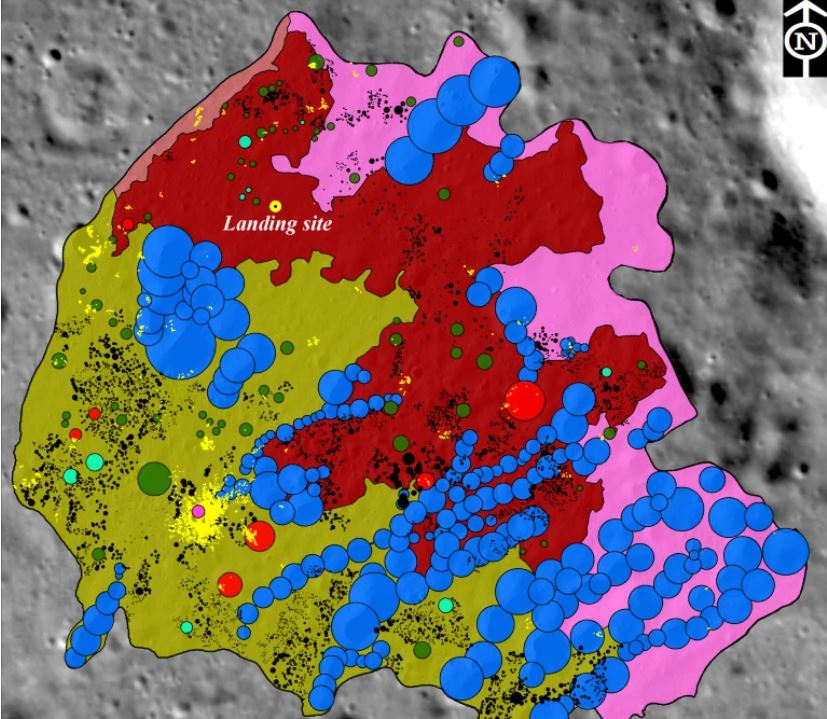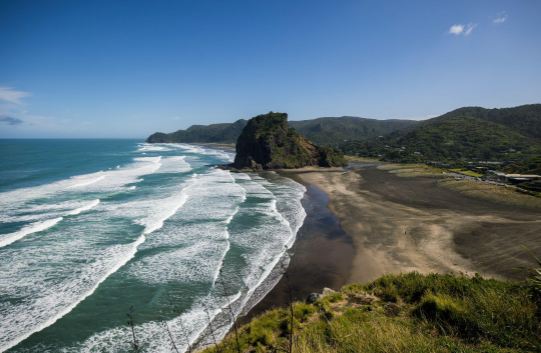The study estimates that these “natural engineers” collectively contribute an impressive 76,000 gigajoules of energy annually to altering the Earth’s surface, a contribution on par with the effects of hundreds of thousands of major floods
A groundbreaking study led by Professor Gemma Harvey from Queen Mary University of London has uncovered the profound role that hundreds of species play in shaping Earth’s landscapes. From termite mounds visible from space to beavers creating wetlands and hippos carving drainage systems, the research highlights the critical contributions of animals in shaping the environment.
Published in Proceedings of the National Academy of Sciences (PNAS), the study synthesizes global data to identify 603 species, genera, or families that influence the Earth’s surface processes. It emphasizes the diverse range of species—from ants shifting soil to salmon reshaping riverbeds—that impact both freshwater and terrestrial ecosystems.
The study estimates that these “natural engineers” collectively contribute an impressive 76,000 gigajoules of energy annually to altering the Earth’s surface, a contribution on par with the effects of hundreds of thousands of major floods. This energy output underscores the significant, yet often overlooked, role animals play in maintaining the physical landscape.
Key Insights:

Unexpected Diversity: While species like beavers and salmon are well-known for their landscape-altering behaviors, the study identifies a wide range of animals—including insects, mammals, birds, fish, and reptiles—that shape the environment in remarkable ways.
·Focus on Freshwater Ecosystems: Although covering just 2.4% of the planet’s surface, freshwater habitats are home to over a third of these impactful species.
·Impressive Energy Contribution: The collective energy output from animals’ geomorphic contributions is comparable to the force of numerous extreme floods, though the estimate is likely conservative due to research gaps, especially in tropical and subtropical regions.
·Fascinating Examples: Termites create vast mound networks in Brazil, spanning thousands of square kilometers. Salmon spawning can shift as much sediment as annual flooding, while even ants, through their countless small actions, alter soil structure and drainage.

Professor Harvey explains, “This research shows that the role of animals in shaping Earth’s landscapes is much more significant than previously recognized. From beavers creating wetlands to ants building mounds of soil, these natural processes are crucial.”
The study also reveals that nearly 30% of the species identified are rare, endemic, or threatened, suggesting that the loss of these species could have severe consequences for the landscape processes they support. As biodiversity declines, the vital role of these animals in shaping ecosystems may be at risk, with profound implications for the environment.













